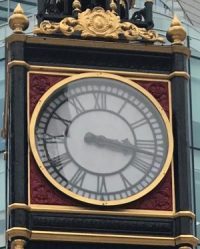
So my last blogpost was about war memorials as one of the staples I found in abundance on my walks during lockdown and this week I am going to talk about something else that has a bewildering range in London – the public clock. I am not going to go into the history of timekeeping, but public clocks have been with us for a long time and London and its suburbs is a great place to see the many different forms.
Initially public clocks would have been rare as in a largely agriculturally based society, people didn’t need to know the precise time only whether it was light or dark. Perhaps the only need for accurate time in everyday life would have been regarding church services. Churches would have summoned the congregation through the use of bells but there would have been a need to have had a timepiece within the church to know when to ring the bells. This would have then developed into a clock on the outside as the need for accurate time keeping grew. The picture is of St Margaret of Antioch Church in Edgware.
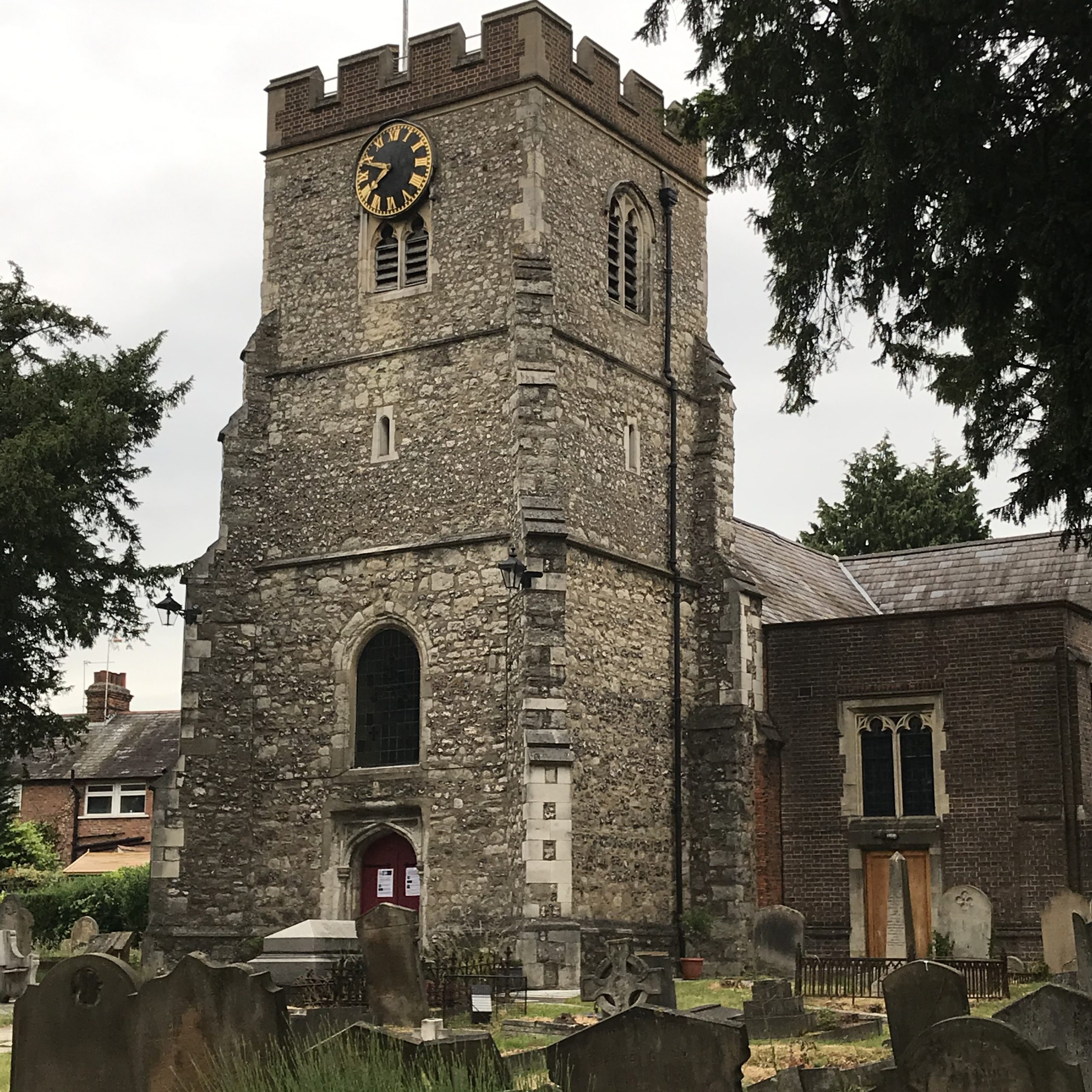
Commercialism and the development of bigger towns was really the driving force behind that and as more and more people moved to cities to find employment in jobs that relied less on the simple concept of daylight but had fixed starting and finishing times there was a need for more timepieces. Personal timepieces were expensive and so there was a need for the town clock. These were often still attached to churches, but as local government developed the concept of the Town Hall emerged and the need to establish the importance of the building often manifested itself in the clock tower.
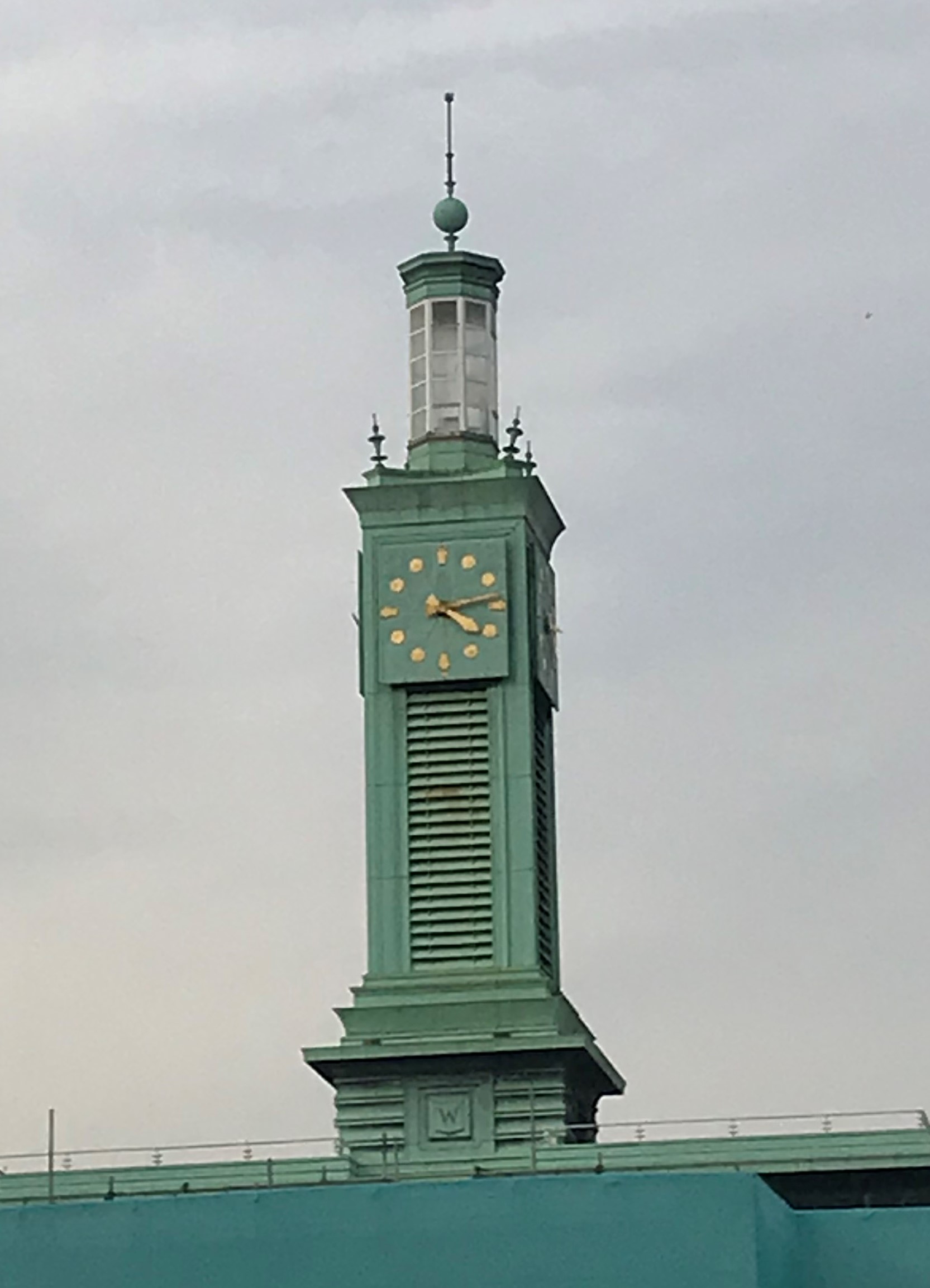
Waltham Forest (Walthamstow) Town Hall Clock Tower 1938-42
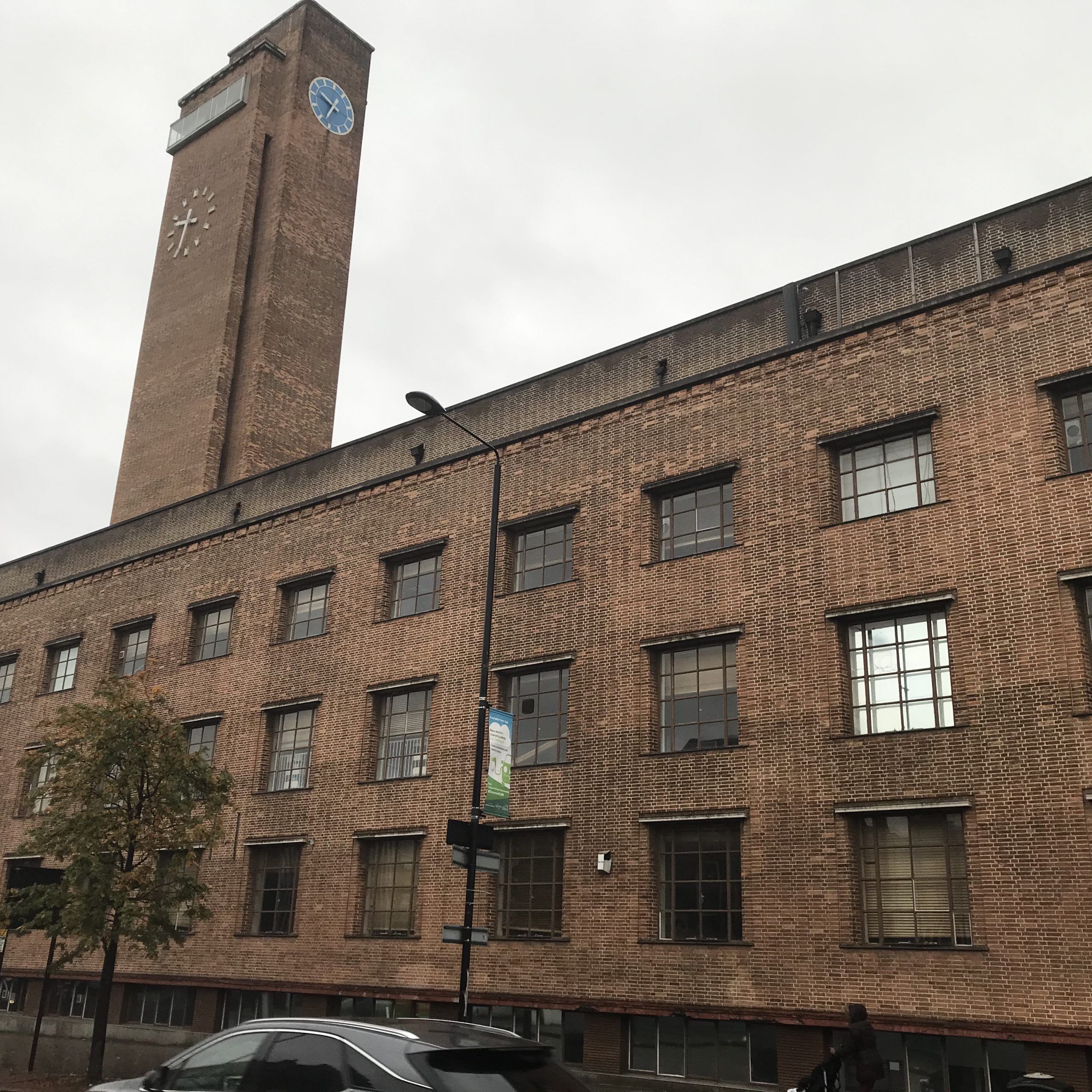
The impressive Art Deco former Town Hall at Greenwich built in 1939 – the clock tower is 183ft (55.9m) high
Of course, it is not a Municipal building but perhaps the most famous clock tower in London and one I could not really overlook is The Clock Tower of the Palace of Westminster aka the Elizabeth Tower aka Big Ben. I am not going to delve into its history but as I am sure you are aware it is currently undergoing major renovation and has been covered in scaffolding for four years although it is slowly starting to emerge.
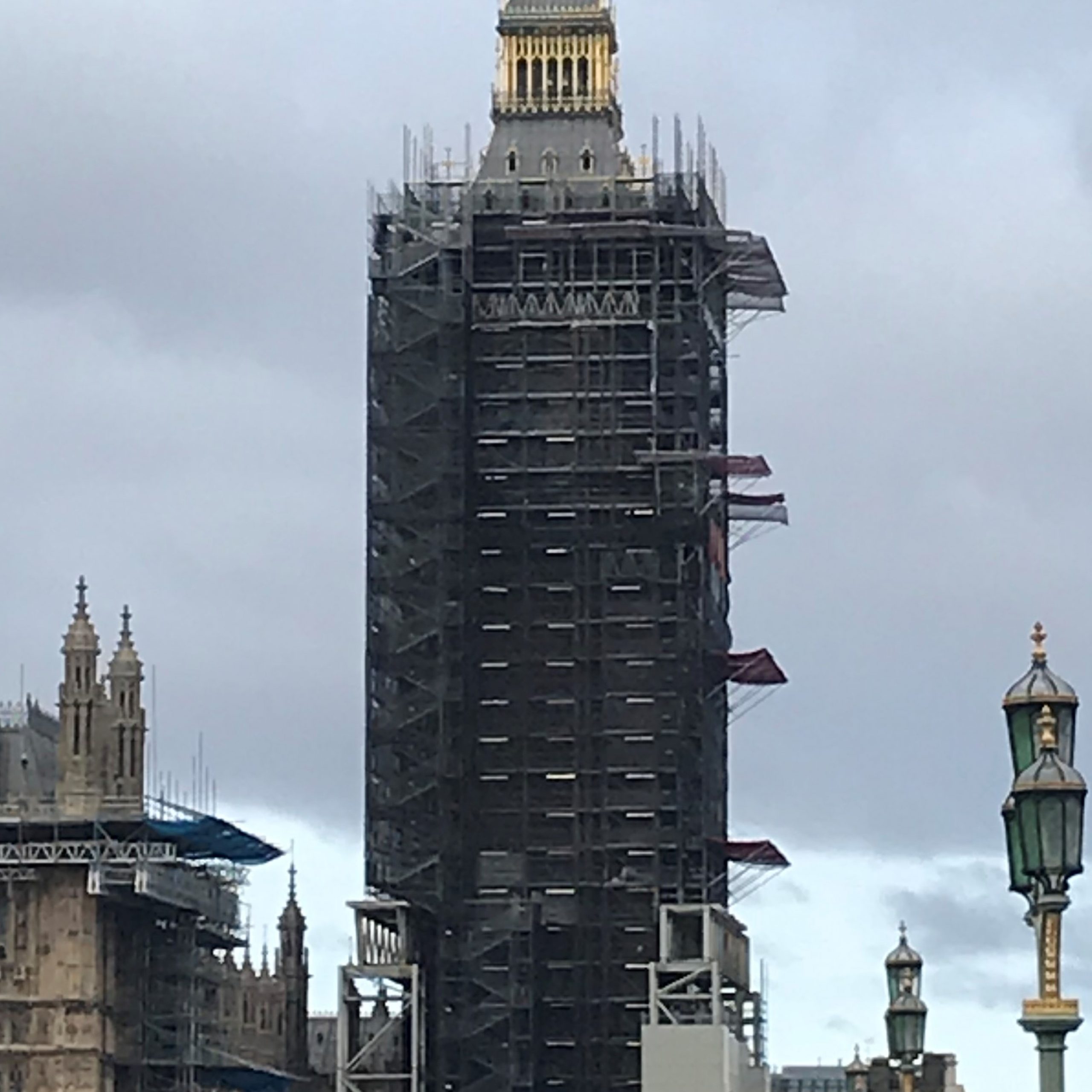
It is regarded as ‘the timepiece’ for Westminster but prior to its construction there was another public clock that had the same function. Not too far away just along Whitehall is the clock tower of Horse Guards Parade.
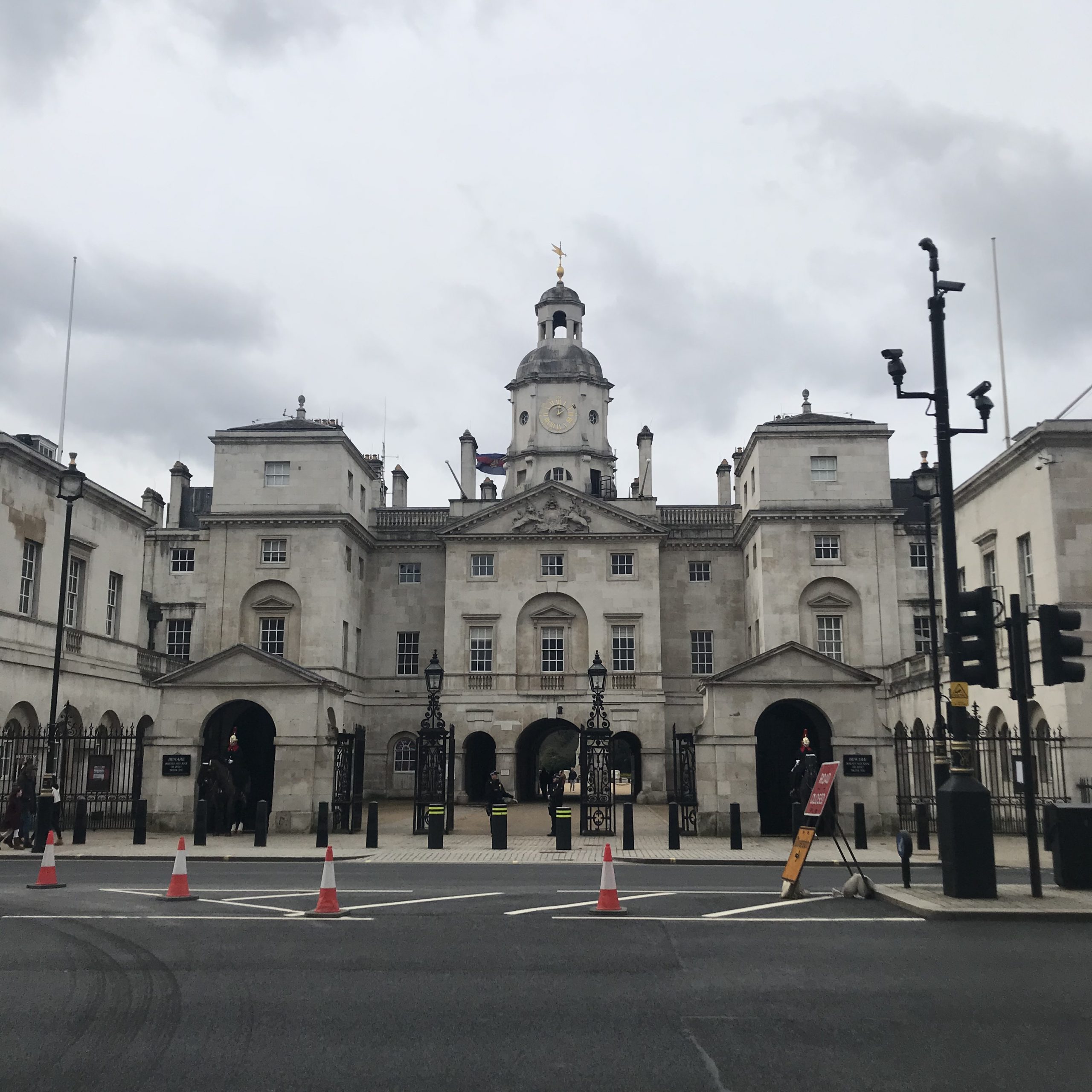
Constructed in 1769 then rebuilt in 1816, the black stain behind the ‘II’ numeral allegedly marks the time of the execution of King Charles I in 1649 which took place just opposite at 2pm.
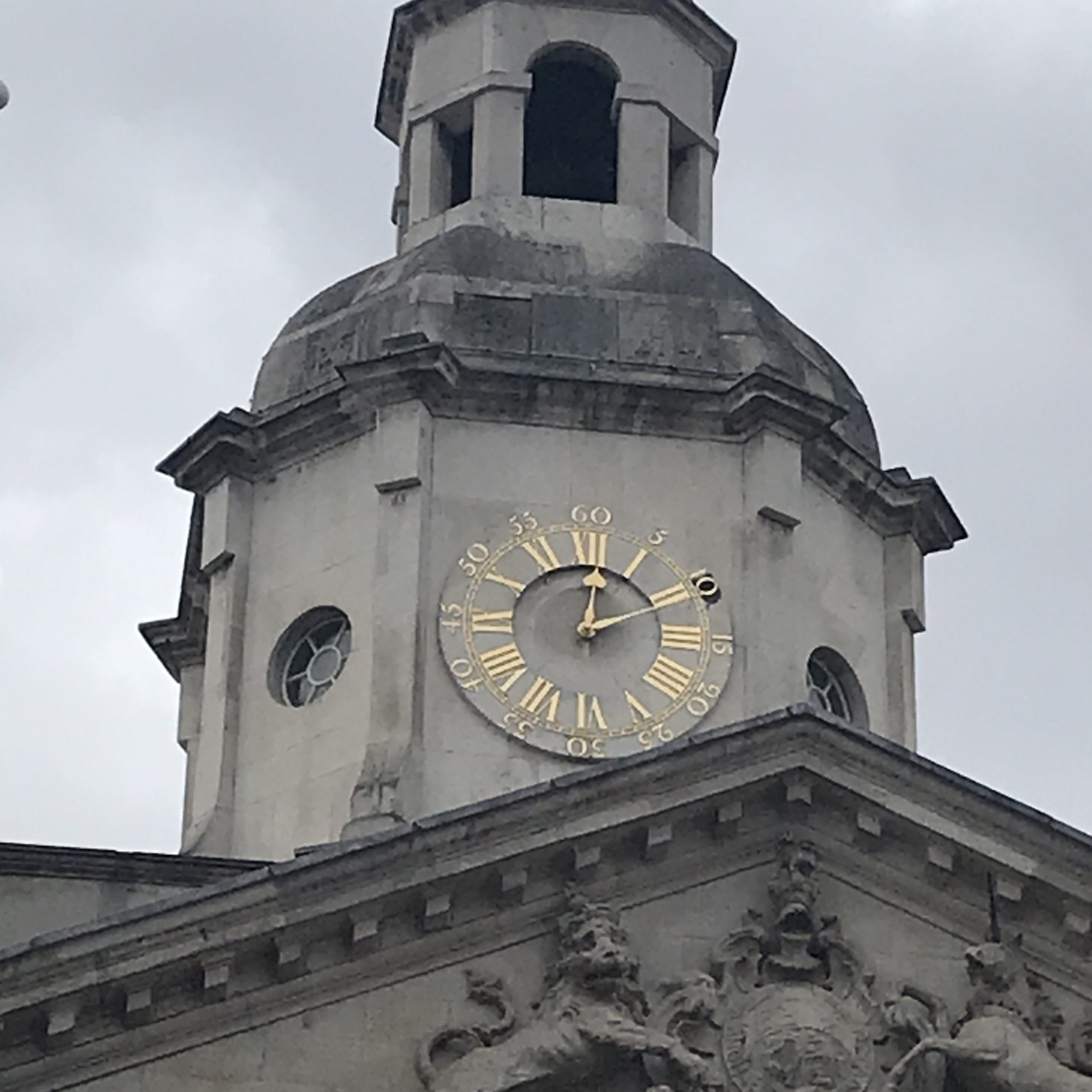
Big Ben also has a famous little brother as within walking distance at the other end of Victoria Street is ‘Little Ben’
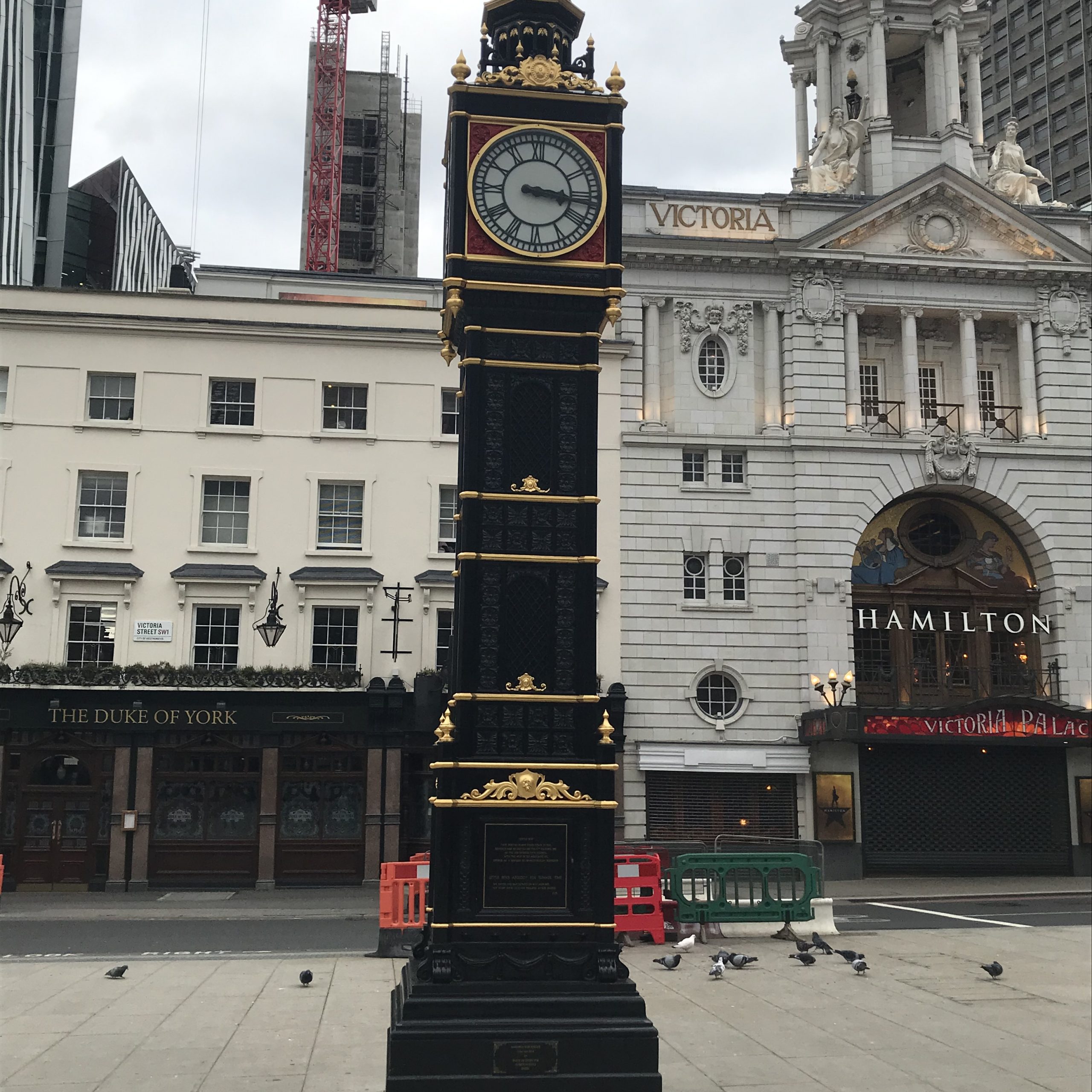
He was erected in 1892, removed in 1964 and returned in 1981 just in time for the wedding of the Prince of Wales and Lady Diana Spencer. This return was paid for by Elf Aquitaine Ltd (at a cost of £30000) as a symbol of Anglo-French friendship. Little Ben was again removed in 2012 due to work on Victoria Station then returned newly refurbished in 2016 although building work was still going on around it somewhat spoiling the newly applied guiding!
Little Ben has a silver replica in Victoria the capital of the Seychelles (bit too far to travel). This was commissioned in 1901 to mark the death of Queen Victoria and erected two years later. The life of Queen Victoria was also remembered in several clocks put up to mark her Golden Jubilee in 1887 and Diamond Jubilee in 1897. There are many around the country but one in London is the suburb of Harlesden erected in 1888 at a cost of £299.

Thus picture was taken during the summer ‘lull’ in 2020 and I think the locals were a little bit excited to be able to see each other but less enthusiastic about the clock!
Councils and communities that maybe missed out on these two events had another chance to construct a commemorative clock with the coronation of Edward VII in 1902. An excellent example is the one at Surbiton.
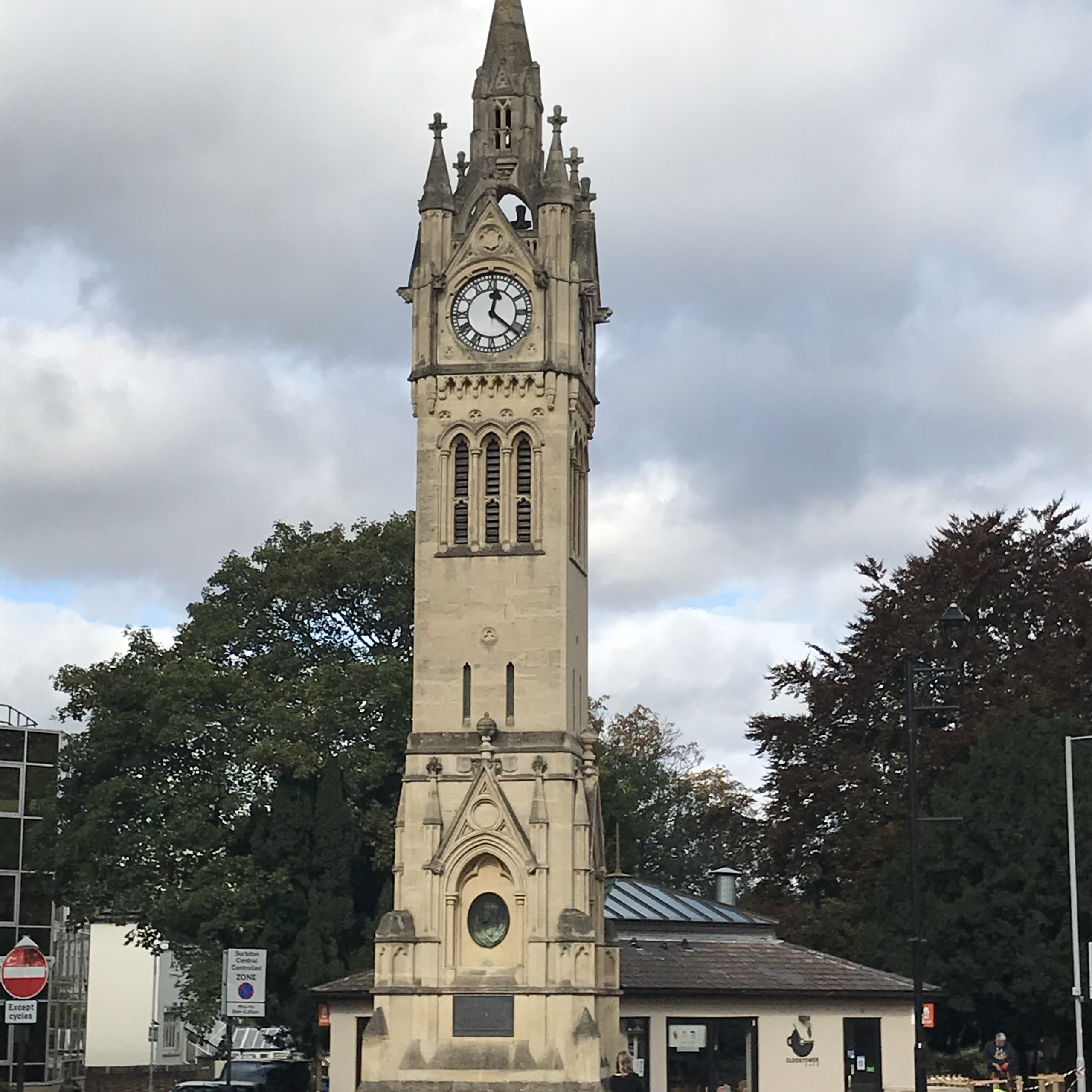
George V’s coronation is marked at Bexleyheath while that of his second son to be king, George VI has examples at Northolt,
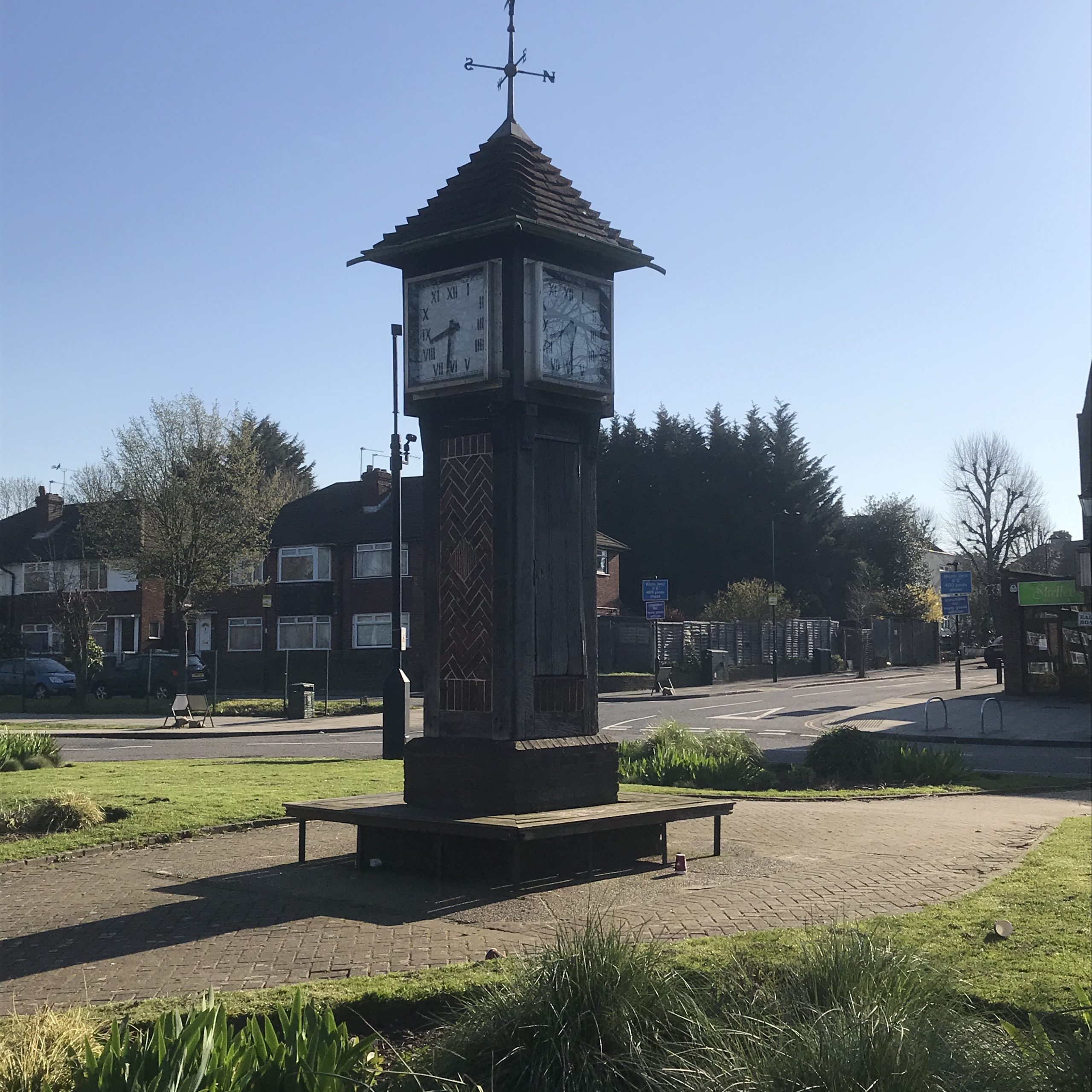
and a splendid art deco design at Hanwell.
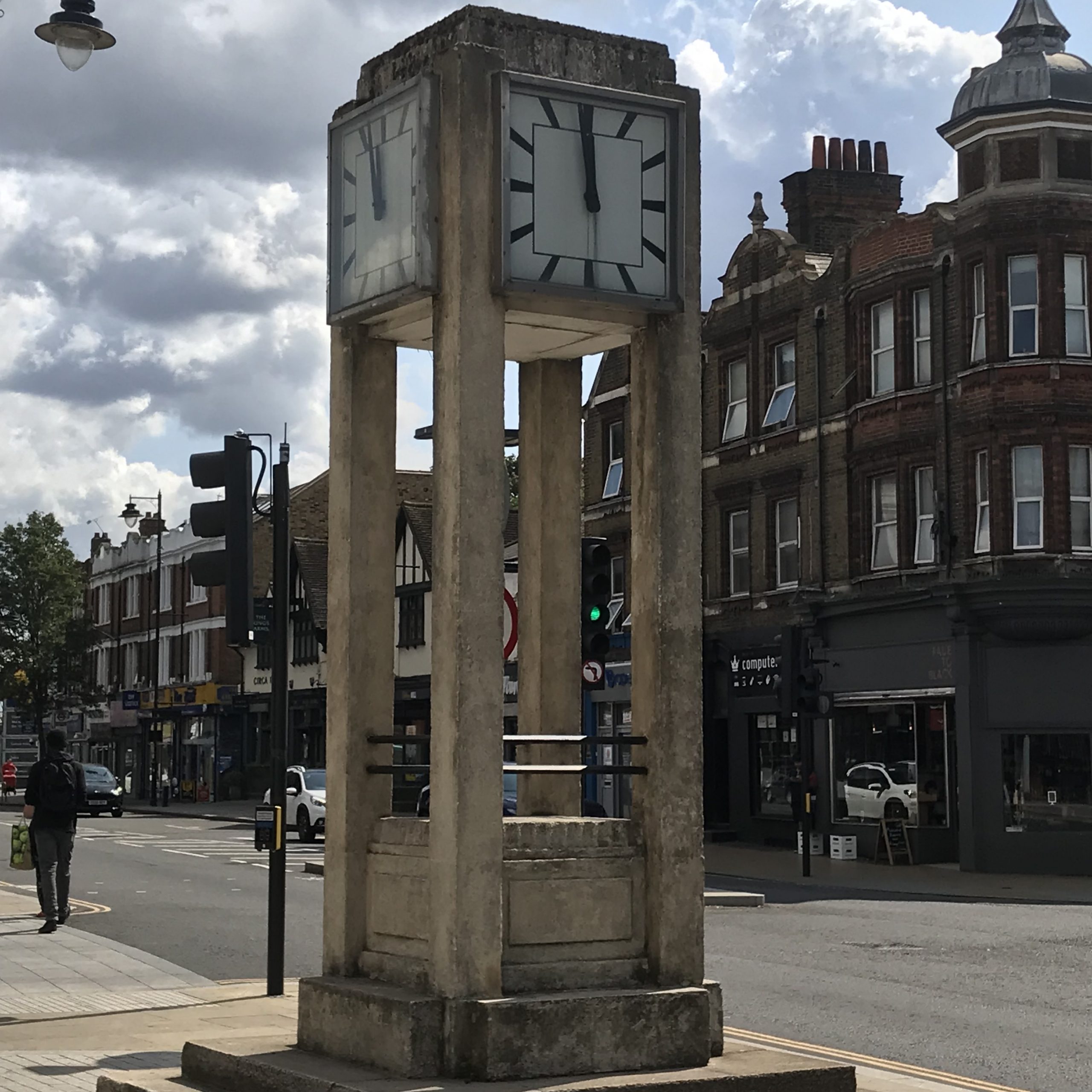
Interestingly as London grew and absorbed outlying villages into suburbs during the first part of the 20th century, these were often the places that has commemorative clocks.
Another obvious place for the municipal clock was due to the arrival of the railway. Railways of course needed accurate time keeping and the development of them in the mid-19th century brought about the standardisation of time across the country. The great stations of London often have impressive clock both inside and out – Waterloo is a famous example above the platforms but for sheer magnificence you can’t really match St Pancras Clock Tower although I actually prefer the more understated Kings Cross shown below.
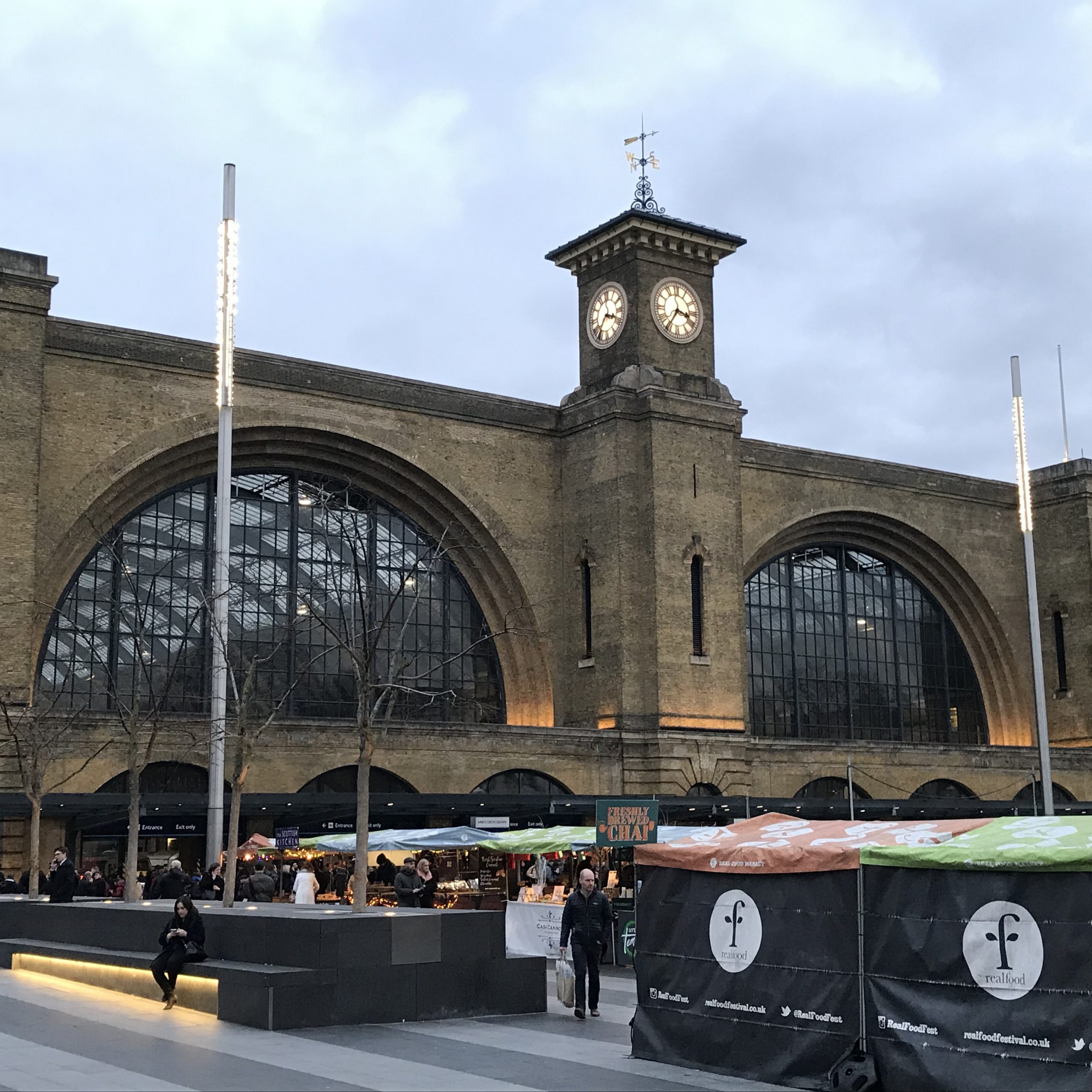
London’s Underground also has a wide range of clocks on buildings and at platform level. Two I particularly like are at Hammersmith
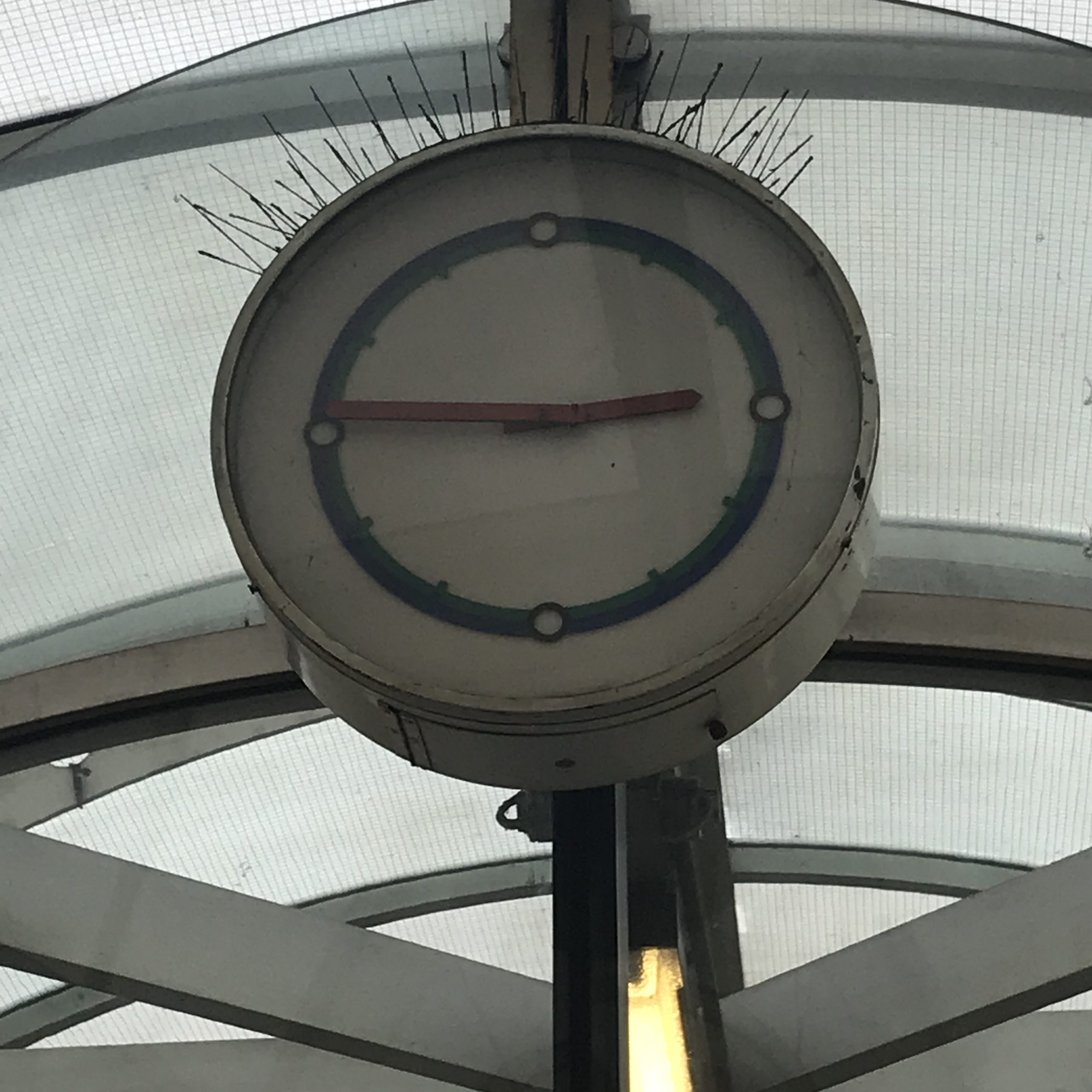
and Gants Hill.
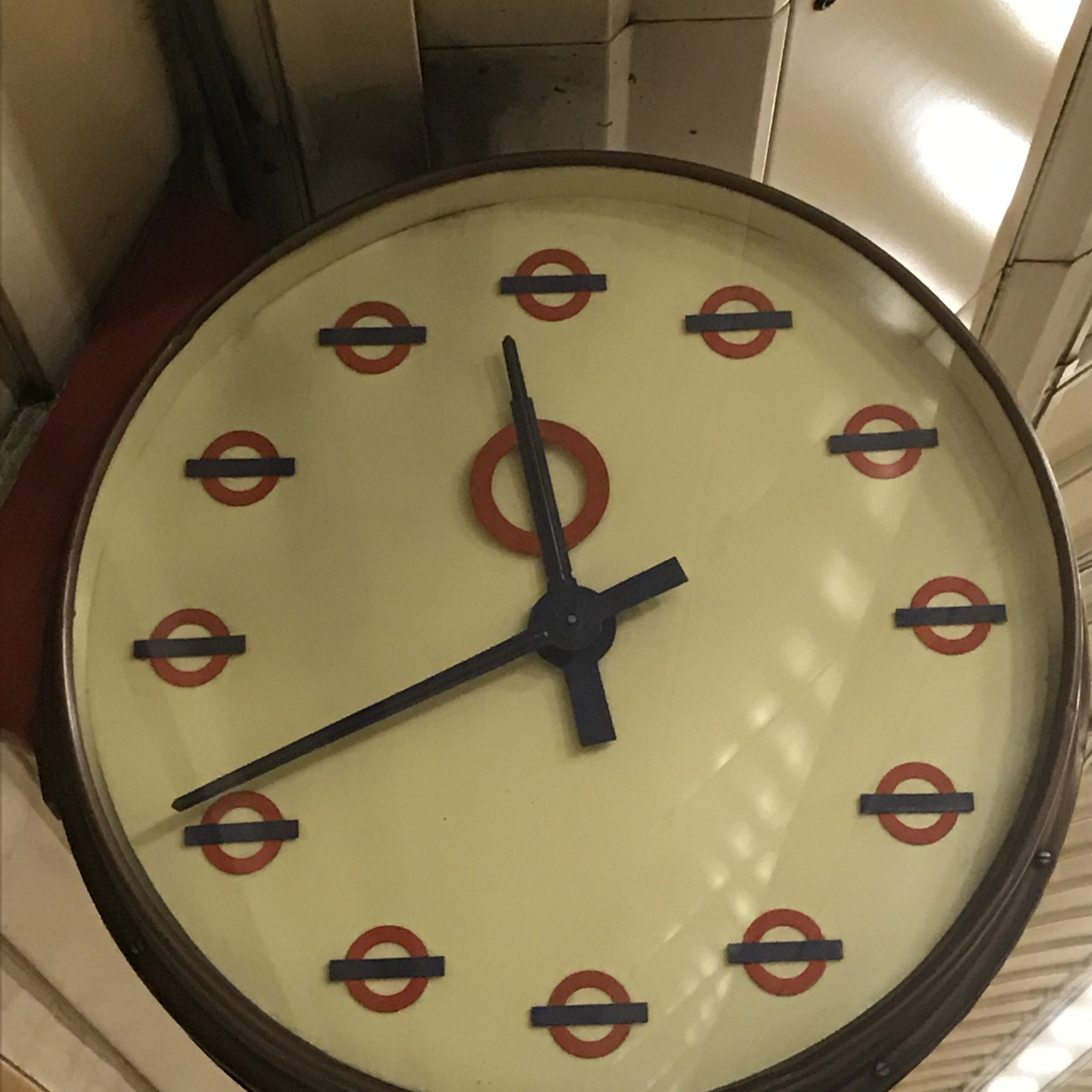
There are similar ones to Gants Hill at Bethnal Green, Wanstead and Redbridge (all built at the same time)
I started this blog by referring back to last weeks piece about war memorials and after the First World War, some communities combined the public clock tower with a war memorial. Two good examples I have found are at Wealdstone
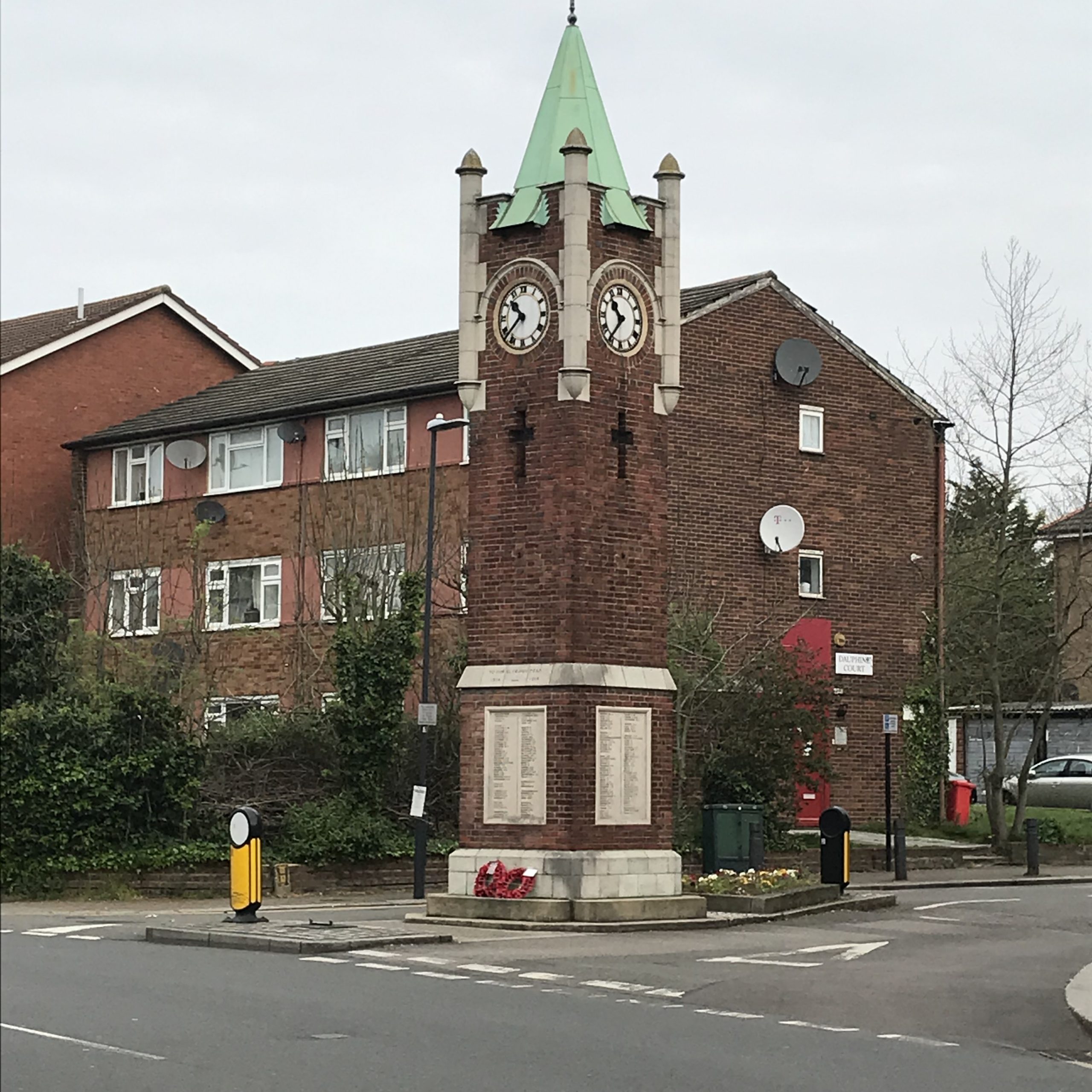
and Isleworth.
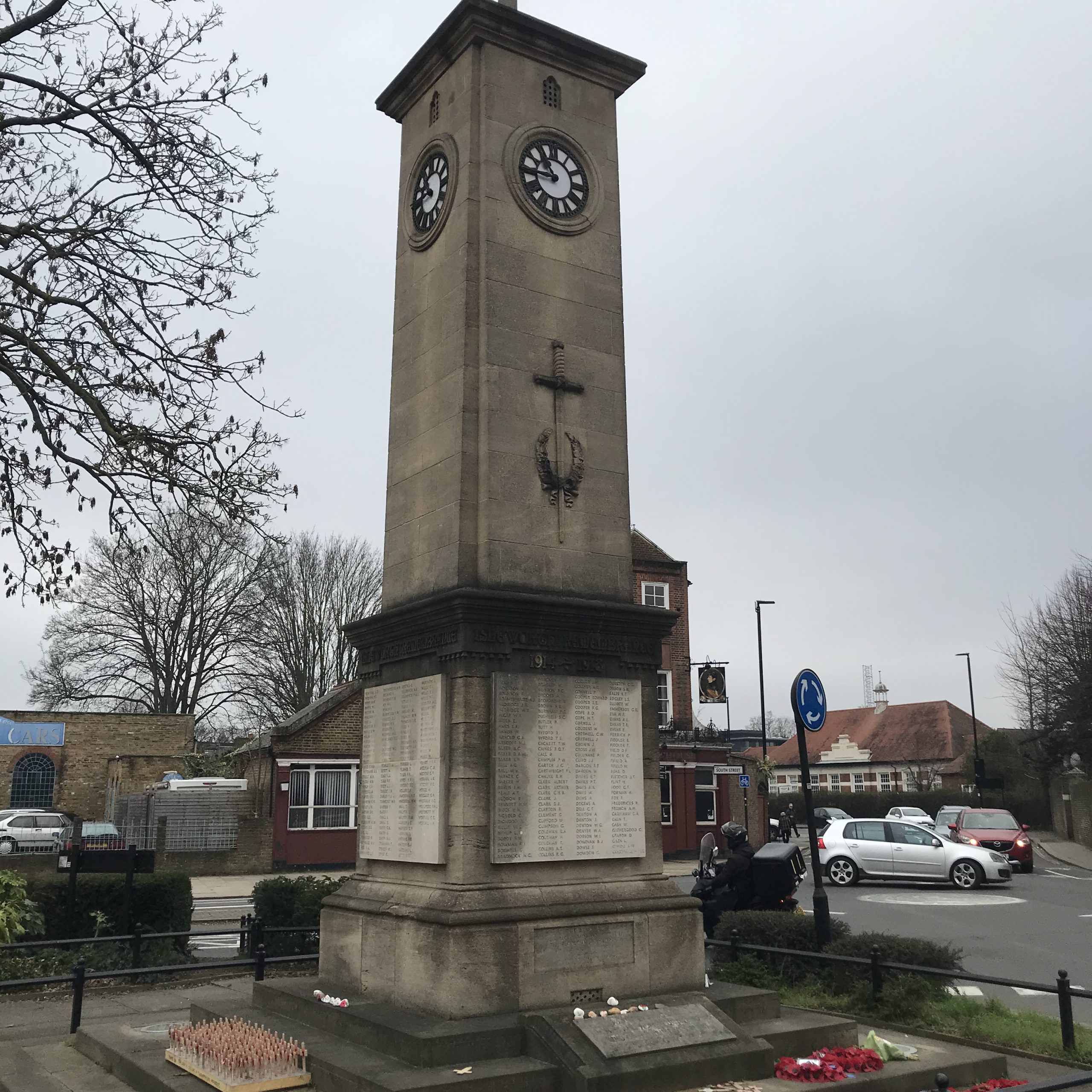
There are many other wonderful clocks around greater London and often they are prominent local features. Crouch End is a case in point, a clock that was erected in 1895 as a memorial to Henry Reader Williams, chairman of the local authority who did much in shaping the district. Three quarters of the total cost of £1200 came from public subscription.
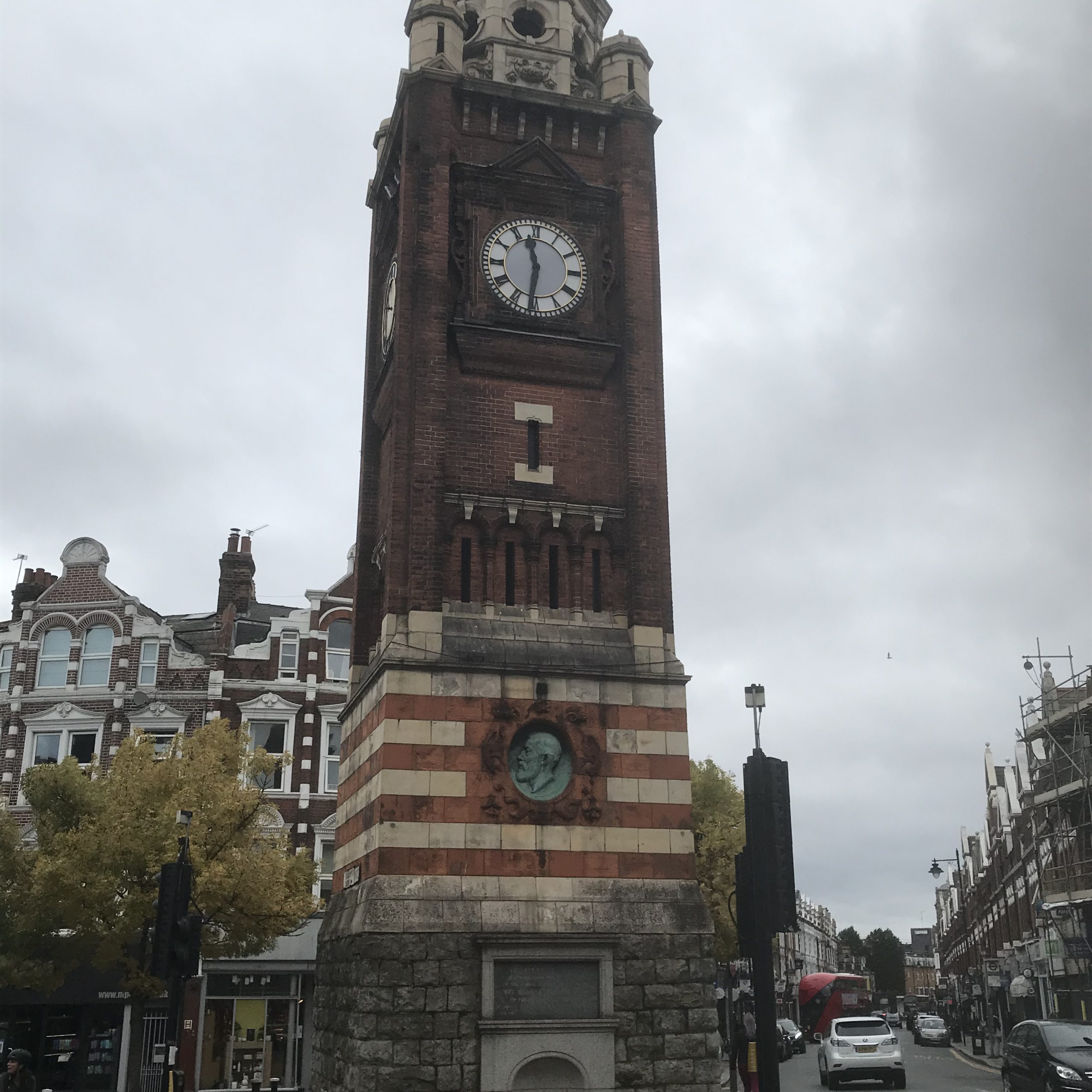
There are so many other wonderful timepieces I haven’t mentioned but this is just a taste of the range on display all around us.
Thank you for reading.
Best wishes
Steve aka the Bridgeman
If you have any comments or wish to join the mailing list for my blogposts then please e mail me at stevenszymanskiguide@gmail.com
All pictures ©Steven Szymanski 2021 unless otherwise stated.

